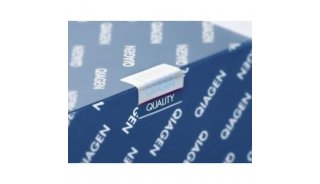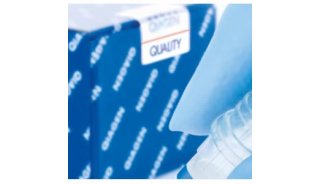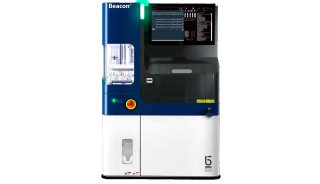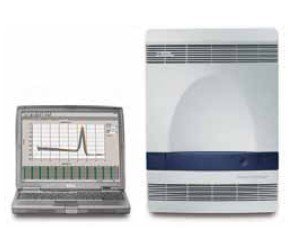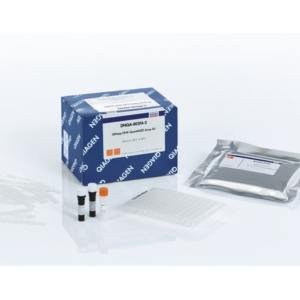Pectinase assay
Pectinases are actually a mixture of enzymes, which, along with others such as cellulase, are widely used in the fruit juice industry where they are widely used to help extract, clarify and modify fruit juices. (See the foot of this page for more information)
Pectins are large polysaccharide molecules, made up (mainly) of chains of several hundred galacturonic acid residues. Enzymes in this pectinase group include polygalacturonases, pectin methyl esterase and pectin lyases. These pectinase enzymes act in different ways on the pectins, which are found in the primary cell walls and in the middle lamella. Pectins are well known also for their ability to form gels.
Pectinases are produced during the natural ripening process of some fruits, where together with cellulases, they help to soften their cell walls. These enzymes are also secreted by plant pathogens such as the fungus Monilinia fructigena and the soft-rot bacterium Erwinia carotovora, as part of their strategy for penetrating the plant host cell walls. In fact, the products of such enzyme assaults (oligosaccharins) act as a signal which induces uninfected cells to defend themselves.
The principle of this assay depends upon measuring the amount of watery juice released from tinned apple puree (which is very rich in pectin) as a result of pectinase action. |
Tinned or bottled apple puree (sauce) can be purchased for this assay.
To make an extract of the fruit or vegetable, blend 2 cm3 of water for every 1 g of fruit. Prepare at least 25 cm3 of extract.
Collect and label two boiling tubes and place 25 cm3 of apple sauce in each of them.
Add 25 cm3 of extract to one of the tubes and 25 cm3 of water to the other, to act as a control.
Use a glass rod to mix thoroughly the contents of both tubes and then leave them in a boiling tube rack in a water bath at 35°C for at least 30 minutes.
Take two similar sized funnels (funnel size about 100 cm3 is suitable) and support them over two similar small (25 cm3) measuring cylinders.
After the incubation period, pour the contents of the two boiling tubes into the two funnels, and allow the juices to drain into the measuring cylinders. Allow at least five minutes for the draining to finish and note the volumes of juice obtained.
The differences in the volume of juice between the two tubes gives a measure of the pectinase activity in the extract.
If this experiment is being carried out on a large scale, the initial drainage from the funnels could be collected in test tubes, and then the volume of juice collected is measured later.
Note: when using commercially prepared enzymes in your investigations . . .
Many industrial enzyme products are mixtures of different enzymes. Thus a 'pectinase' preparation might contain a range of pectinases and cellulases. Other preparations might contain only a single type of enzyme, especially if the enzymes are produced by genetically-modified strains or are highly purified.
When planning your own investigations, it is therefore very important to study the data sheet supplied with each enzyme. This will indicate whether the product is a mixture or contains just one type of enzyme.
The data sheet also provides a rough guide to how the enzyme might behave. In practice, however, enzyme activity is affected by many things (e.g. pH, temperature, the presence of inhibitors or cofactors) which will affect the results you obtain. In addition, specimen activity graphs are often prepared using simple substances under ideal conditions rather than the complex substrates and sub-optimal conditions that may be encountered in an industrial or school context.






